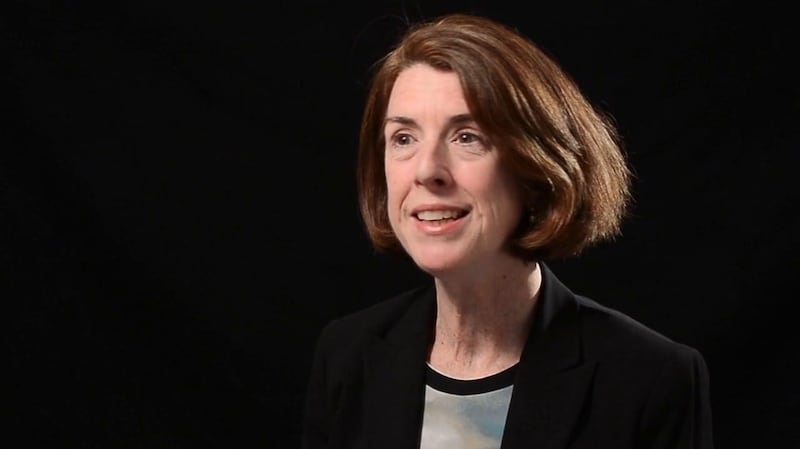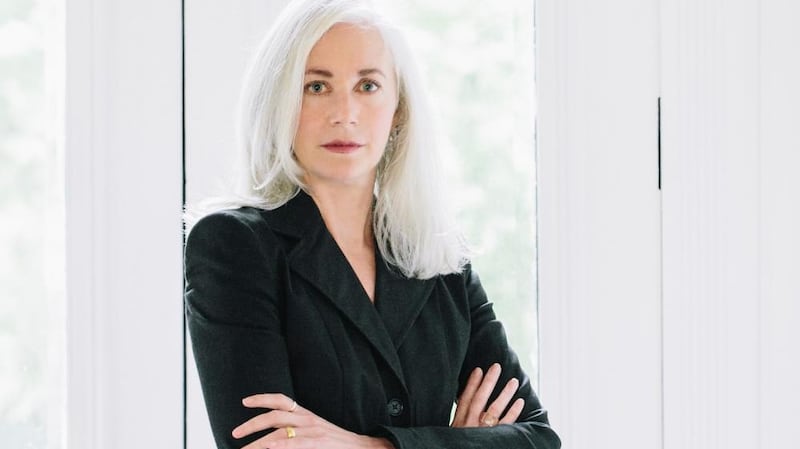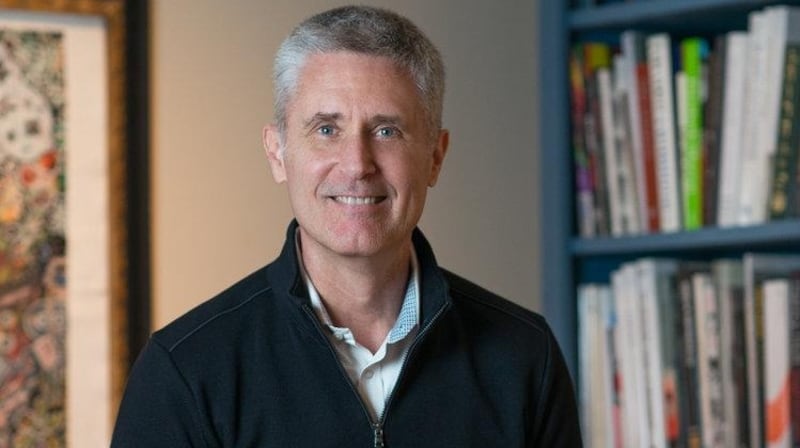There’s often an uneasy relationship between the two. Investing in art is not like investing in the stock market. Most collectors are motivated, not by monetary gain, but by a passion for beautiful objects – and yet the international art world often hits the headlines thanks to hair-raising stories involving financial skulduggery of one sort or another. And those beautiful objects can end up becoming embroiled in ugly disputes thanks to divorce, succession issues or estate taxes.
ArtSummit offers art enthusiasts from Ireland and further afield an opportunity to get up to speed with the latest thinking on how to build, organise and maintain a collection. The theme of this day-long symposium is legacy, with panel discussions setting out to explore ways in which collectors of art and antiquities can successfully bequeath their collection to the next generation.
The organisers of ArtSummit have assembled a stellar panel of speakers for the conference, which will be held in the salubrious surroundings of Adare Manor. There will be three panel discussions – Art as an Investment, Succession Planning: the Modern Family and Inheritance and Wealth Planning – as well as numerous opportunities for networking and informal chat.
Living legacy
Lady Geraldine Dunraven, who lived in the manor for more than half a century and is a member of the board of the Hunt Museum in Limerick, will speak about a living legacy in art and antiquities. Georgina Adam, the former Financial Times columnist and author of The Dark Side of the Boom, will look at the impact of record-breaking sales on the international market. John de Vere White, managing director of DeVere's auction house, will provide valuations on the day and hold an incognito auction.

From the US, Maura Kehoe Collins – a New York-based art collections manager who speaks Mandarin Chinese – will explain how she examines her clients’ collections, identifies any issues or problems, whether practical, physical or financial, and sorts them out.

Mary Rozell, an art historian and lawyer who heads up one of the world’s most important collections of contemporary art, UBS Art Collection in New York, has hands-on experience in curating and continuing a collection which incorporates paintings, photographs, drawings, sculpture and video art collected by three firms – Union Bank of Switzerland, Swiss Bank Corporation and the US financial services company PaineWebber – from the 1960s. One of the challenges she faces is how to keep renewing a collection which includes such names as Andy Warhol, Roy Lichtenstein and David Hockney in a global art world where genre boundaries are increasingly blurred.
Opaque marketplace
Also from the US, Doug Woodham, managing partner of Art Fiduciary Advisors and author of the book Art Collecting Today, will suggest ways of maximising sales in today's complex and opaque marketplace.
Woodham’s book is subtitled “market insights for everyone passionate about art” – and those insights include advice which often goes against the accepted artistic mainstream. He believes, for example, that the often-recited chestnut “buy what you love” is terrible advice for new collectors.

Instead, he advises collectors to use their ears as much as their eyes. “They do not know enough yet to know what they really love, so they can waste a lot of money on infatuation,” he writes on his website. Before buying something that is financially meaningful, a collector should seek input from those with more knowledge and experience.
“Input can come from many different places: a local museum curator, other collectors he has gotten to know, an art adviser. He needs to listen carefully to what is both said and implied, because most people are reluctant to ‘call a baby ugly’.”










